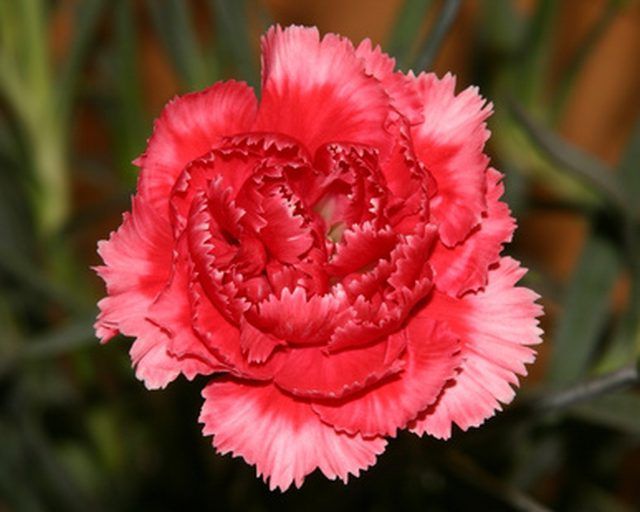Bulbs
Flower Basics
Flower Beds & Specialty Gardens
Flower Garden
Garden Furniture
Garden Gnomes
Garden Seeds
Garden Sheds
Garden Statues
Garden Tools & Supplies
Gardening Basics
Green & Organic
Groundcovers & Vines
Growing Annuals
Growing Basil
Growing Beans
Growing Berries
Growing Blueberries
Growing Cactus
Growing Corn
Growing Cotton
Growing Edibles
Growing Flowers
Growing Garlic
Growing Grapes
Growing Grass
Growing Herbs
Growing Jasmine
Growing Mint
Growing Mushrooms
Orchids
Growing Peanuts
Growing Perennials
Growing Plants
Growing Rosemary
Growing Roses
Growing Strawberries
Growing Sunflowers
Growing Thyme
Growing Tomatoes
Growing Tulips
Growing Vegetables
Herb Basics
Herb Garden
Indoor Growing
Landscaping Basics
Landscaping Patios
Landscaping Plants
Landscaping Shrubs
Landscaping Trees
Landscaping Walks & Pathways
Lawn Basics
Lawn Maintenance
Lawn Mowers
Lawn Ornaments
Lawn Planting
Lawn Tools
Outdoor Growing
Overall Landscape Planning
Pests, Weeds & Problems
Plant Basics
Rock Garden
Rose Garden
Shrubs
Soil
Specialty Gardens
Trees
Vegetable Garden
Yard Maintenance
How to Grow Carnations Outside
How to Grow Carnations Outside. Carnations are biennial or short-lived perennials valued for their attractive flowers, which are commonly used in decorative floral arrangements and bouquets. Carnation plants bloom from late spring to fall, producing numerous blossoms in shades of pink, red and white. Most varieties of carnation also produce a sweet...

Carnations are biennial or short-lived perennials valued for their attractive flowers, which are commonly used in decorative floral arrangements and bouquets. Carnation plants bloom from late spring to fall, producing numerous blossoms in shades of pink, red and white. Most varieties of carnation also produce a sweet scent that further increases their appeal. Native to Europe and Asia, carnations grow in most temperate regions of the United States and require only minimal care to thrive outdoors.
Things You'll Need
Compost
Garden tiller
Mulch
Choose a planting site for carnations that receives full sunlight throughout the day and consists of well-drained, fertile soil. Apply a 2- to 4-inch layer of compost over the planting site and use a garden tiller to work the material into the soil before planting.
Plant carnations during spring or fall. Dig a hole in the soil of equal depth and twice as wide as the carnation's previous container. Remove the carnation from its container and loosen the dirt around the roots. Insert the roots into the hole and gently cover with soil. Firm the soil and water thoroughly to collapse any air pockets. Space carnation plants 6 to 12 inches apart.
Spread a 1-inch layer of compost over the soil surrounding the carnations and then cover the compost with a 2-inch layer of mulch. Do not allow the compost or mulch to touch the plant, as this increases the risk for rotting or disease. Remove both layers each year during late winter and apply fresh compost and mulch.
Water carnations during summer and only during weeks that receive less than 1 inch of natural rainfall. Do not water during the spring, fall and winter months. Apply water directly to the soil during the early morning to minimize disease vulnerability.
Remove spent and faded carnation blossoms whenever possible to prolong the blooming season and force the formation of additional flowers. Pinch off the flowers where they branch from the stem to reduce damage. Cut carnations back to 1 to 2 inches above the soil line after the first hard frost of fall or winter.
Tips & Warnings
Keep the mulch over the ground throughout winter to insulate the soil and protect the plant's roots.
The layer of compost under the mulch serves as fertilization for the plant. It requires no supplemental feeding if properly maintained.
Harvest carnation flowers anytime the plant is flowering.